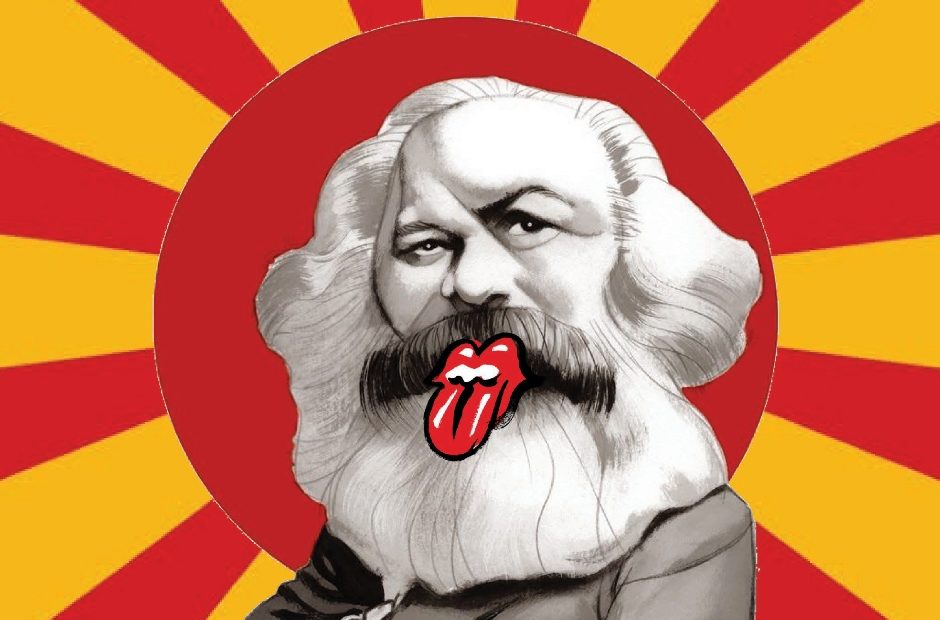On Thursday night LUU’s Theatre Group opened their production of Tom Stoppard’s Rock ‘n’ Roll, directed by Steph Green, which took the Alex Clegg studio on a journey of humour, grief, jealousy and unity in a series of snapshots from lives across the Iron Curtain.
Starting in 1968 and ending with the fall of the Soviet Bloc in 1989, the play follows the lives of Marxist Cambridge professor, Max, his family and his young Czech protégé, Jan. The play essentially serves as small snippets of their lives in Cambridge and Prague over the 20+ years that it spans, whilst highlighting the nature of Prague’s dissident movement. Questions are raised about whether something as central to everyday culture as music can ever be fully monitored and repressed by state authorities, and how pop culture goes hand in hand with criticism of governing systems as an expression of popular feeling.
The cast met the challenge of the play with compelling performances and convincing eastern European accents impressively sustained throughout. The double casting of a number of characters was an endearing touch, with continuity seen in the performances of India Walton and Kate Winter playing Eleanor and daughter Esme in Act One and adult Esme and daughter Alice in Act Two; highlighting the similarities passed from parent to child in each generation.
The main set, with its simple and unadorned character, neatly doubled as both university staff property and a Soviet-era apartment. A production highlight was the convincing creation of an interrogation room by a stage blackout and single light bulb hanging from the ceiling above a small table; credit going to lighting designer and assistant Ben Nuttall and Emma Garcia. This created a tense claustrophobic atmosphere complementing the performances of Woodley and Fraser. The simplicity also meant the transitions between sets were smooth. The creation of the John Lennon Wall, by a sheet being drawn across the stage like a curtain also succeeded in maintaining its iconic and impressive aura.
Transitions between scenes were helped with video footage helping to situate the historic events surrounding the plot. Projections of the Prague Spring, the Russian invasion of Czechoslovakia and later, the Berlin Wall being torn down added context to the scenes and made the plot easy to follow, even for those unfamiliar with the history of communist Eastern Europe. With music being central in the story, the soundtrack also served to establish the time period during scene transitions. The Velvet Underground, The Rolling Stones, Bowie, Lennon and the Beatles, the soundtrack was a comprehensive collection of the music that sought to percolate through the Iron Curtain.
With Theatre Group’s monthly turnaround of plays, the effort and commitment of its members was clear in all aspects of their performance. The quality of production meant it was a night of welcome escape from the library in light of those mid-semester deadlines and exams.

